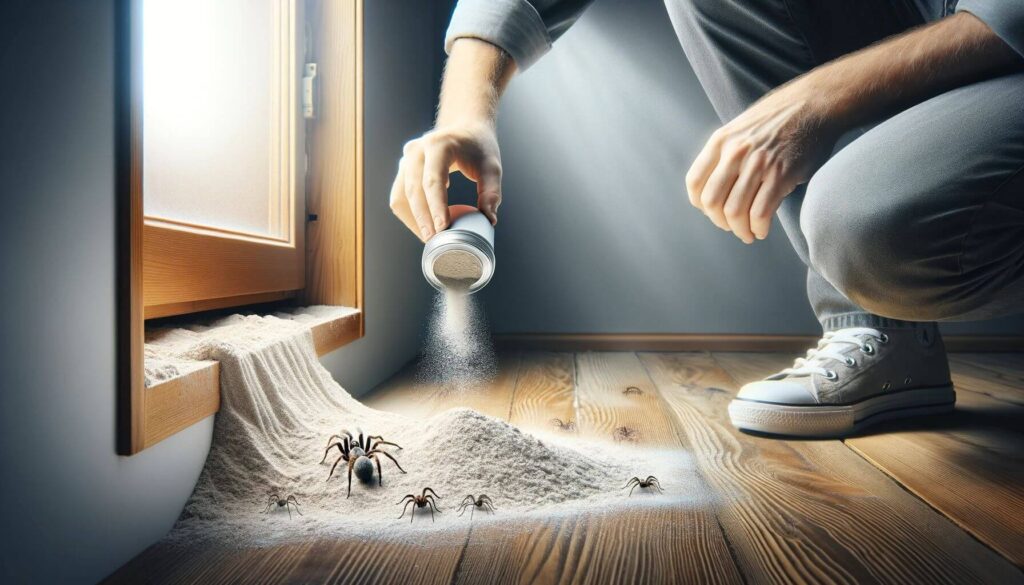
The cool temperatures, reduced natural light, and basement structure typical of Utah Valley homes make basements the perfect spider nurseries year-round. Orem’s semi-arid climate indicates that spiders will, in fact, seek out the moisture and shelter of a basement, especially during the town’s hot summers and cold winters. Seeing a spider now and then is not bad, but left unchecked, it can quickly become an infestation. If there are more eight-legged visitors than usual, consider contacting a pest control professional from Saela Pest Control to analyze the case.
Basement Design Features That Attract Spiders
- Unfinished Concrete Walls and Floors
Many of Orem’s older homes, especially those built in the 1970s and 1980s, years of residential growth, often have unfinished basement walls and concrete basement floors. Those rough, porous surfaces create thousands of small crevices where spiders can latch their webs and escape predators. Concrete has the right surface for web-building species to anchor silk threads, unlike smooth drywall.
- Window Wells and Ground-Level Access Points
Most Orem basements contain window wells—the trays, often concrete or metal, that sit below grade with windows above them and let light into the basement. According to local building patterns, about 68% of Orem homes have basements, and most have these window wells.
- Storage Areas and Cluttered Corners
Basements are a catch-all for holiday decor, outdated furniture, and boxes of items you tell yourself you will sort through ‘someday’. This leads to dark spots and surfaces that remain undisturbed, creating a seamless web-building environment for spiders. The more stuff sitting against walls or stuffed in corners, the more places to hide.
- Inadequate Ventilation and Moisture Control
Orem is about 4,774 feet up, and while dry climate conditions are typical, a basement can still be a catch-all for moisture from the kitchen, bath, and everyday activities up above. Because of its poor airflow, this moisture hangs around, creating pockets of high humidity that draw in minor bugs and the spiders that chase them. Older houses without modern vapour barriers are especially at risk.
- Exposed Ceiling Joists and Ductwork
Unfinished basements, complete with exposed floor joists, pipes, and HVAC ducts, are a three-dimensional spider playground. These raised areas remain untouched for several months or even years, allowing spiders to create vast webs. The gaps between joists are particularly alluring to web-weaving varieties such as house and cellar spiders.
The Hidden Food Source: Insects Draw Spiders Indoors
Here is something many Orem homeowners do not understand: spiders do not appreciate you or your basement — they are following the food. Crickets, silverfish, centipedes, and moths lurk in basements, attracted by the cool, dark conditions. They get in through cracks in the foundation, by openings where utility lines go into the house, and, as we said above, through those window wells. And when they get in, they become an endless buffet for the hunting spiders. If you have spiders, you must have an insect problem. The more insects there are, the more spiders there are; it is a simple food chain. To permanently reduce the number of spiders in your basement, you need to address the root issue: the insect population.
Seek Professional Advice
If you try everything and still have spider problems, call in the experts who know how to deal with challenging pests unique to Orem. Saela Pest Control has operated in Utah Valley communities for years and knows exactly which spiders are common in local basements and what attracts them. Their approach is holistic, targeting unique entry points across Orem’s home styles as well as the pests that feed the spider population. They know how Utah’s seasons impact pest activity.
